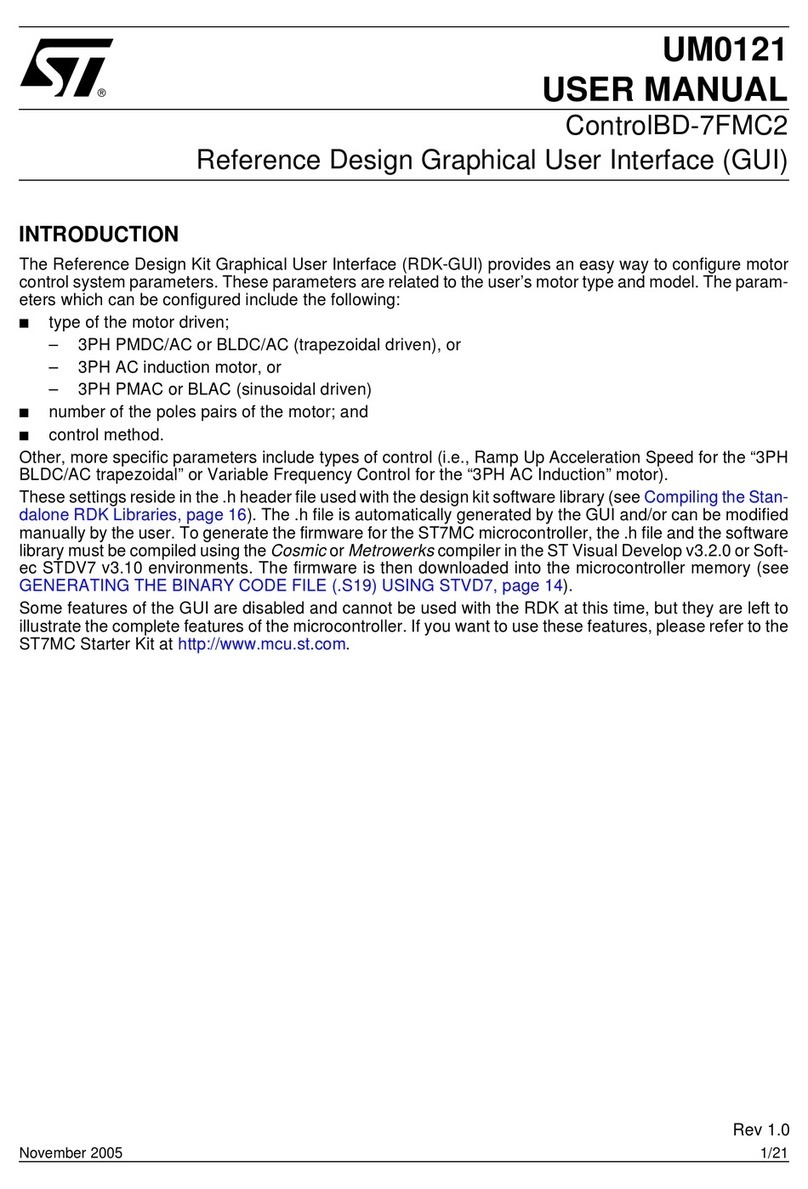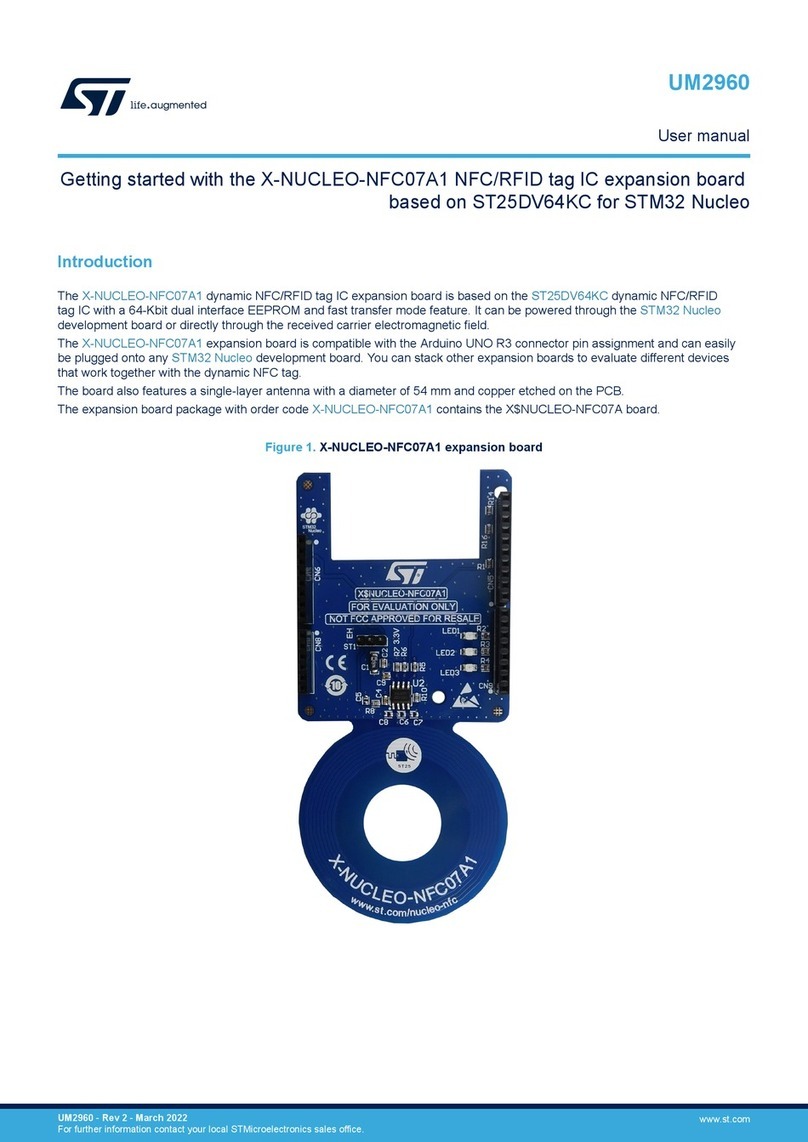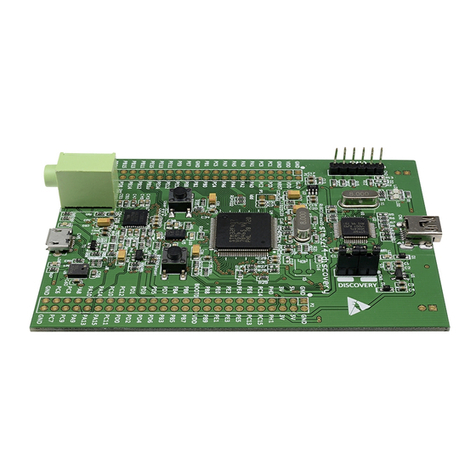ST X-NUCLEO-SRC1M1 User manual
Other ST Computer Hardware manuals
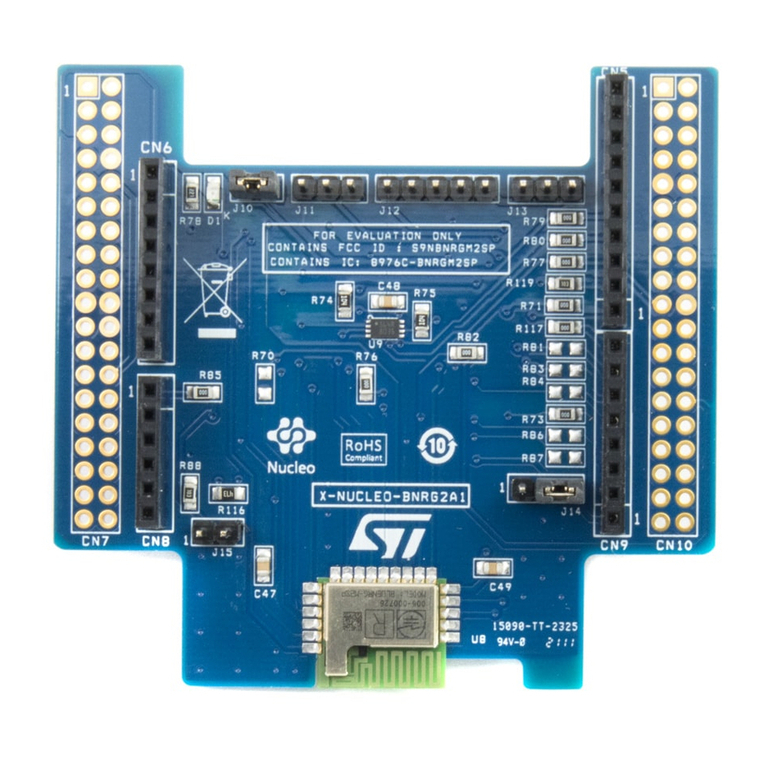
ST
ST X-NUCLEO-BNRG2A1 User manual
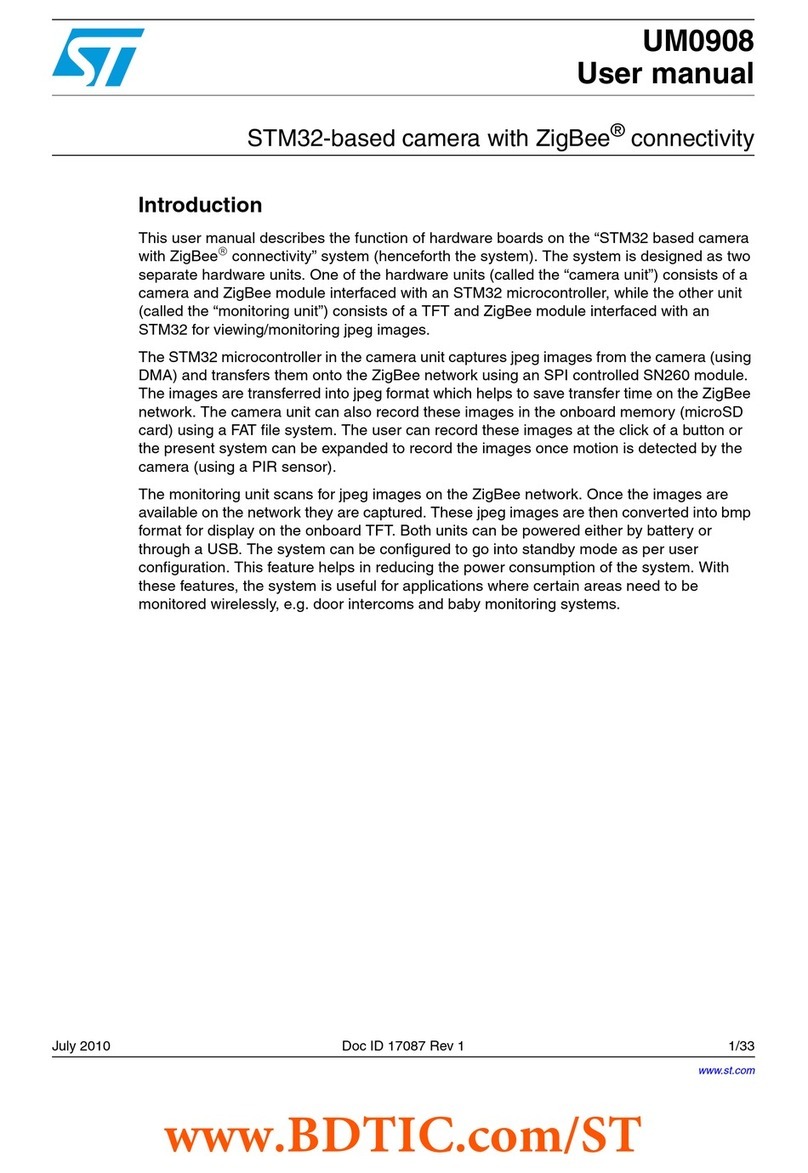
ST
ST STM32 Nucleo User manual

ST
ST STSW-ST25DV002 User manual
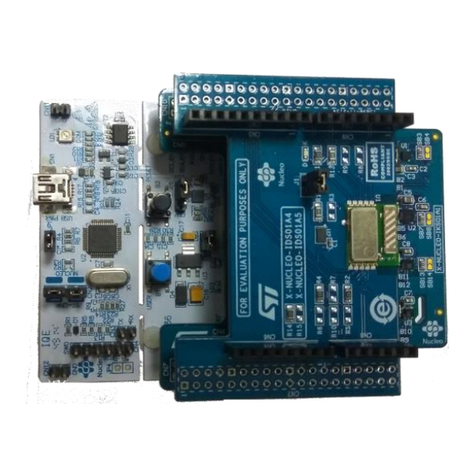
ST
ST STM32 ODE User manual
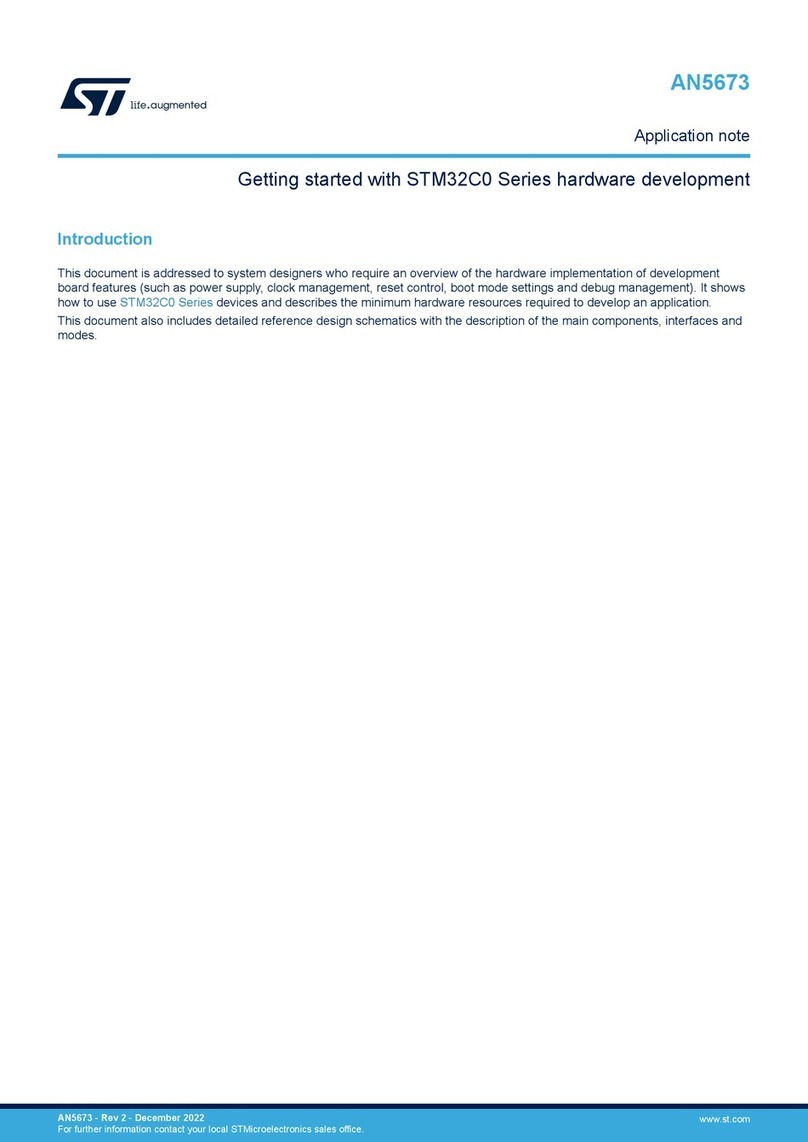
ST
ST STM32C0 Series User manual

ST
ST X-NUCLEO-GNSS2A1 User manual
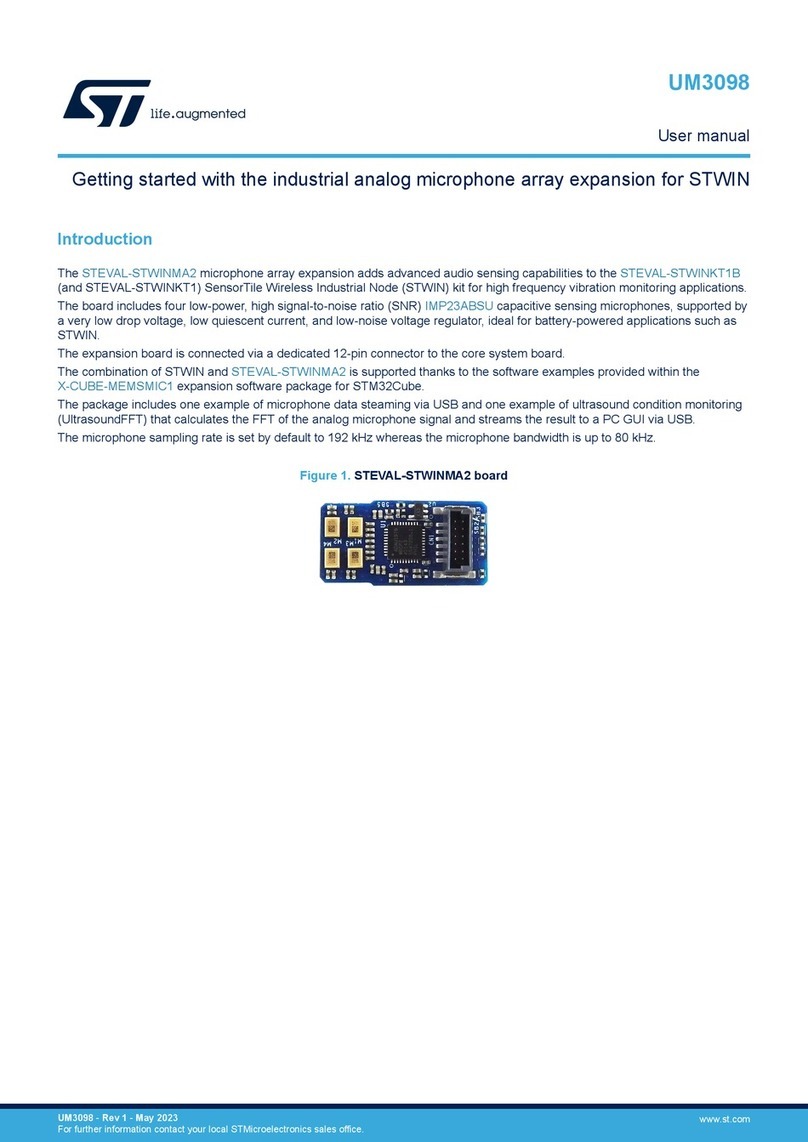
ST
ST STEVAL-STWINMA2 User manual
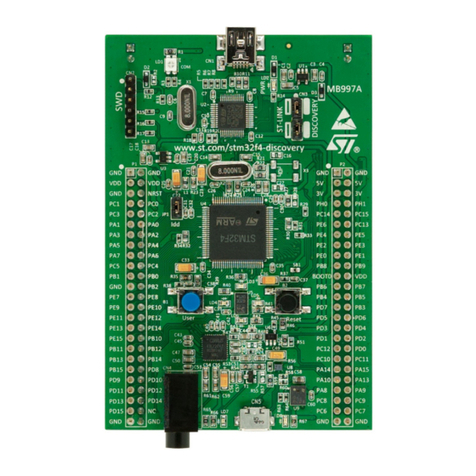
ST
ST UM1472 User manual
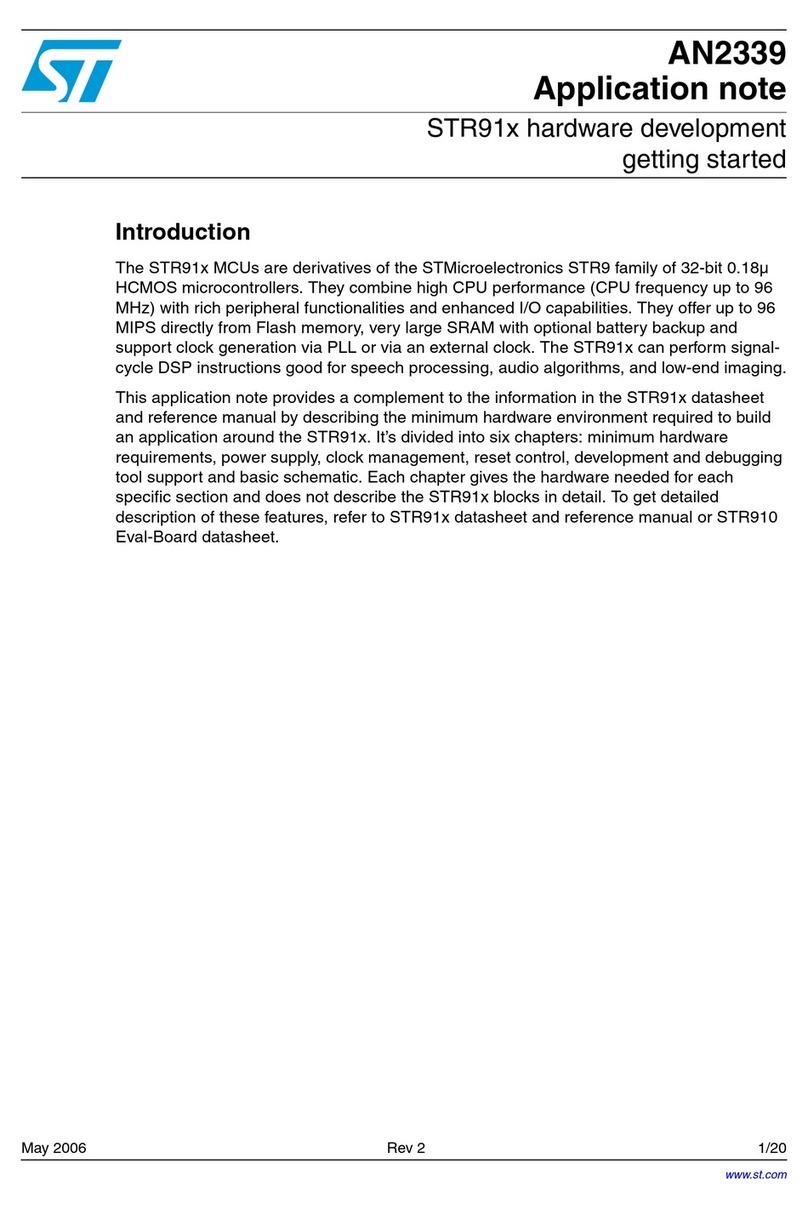
ST
ST STR91 Series Installation and operating instructions
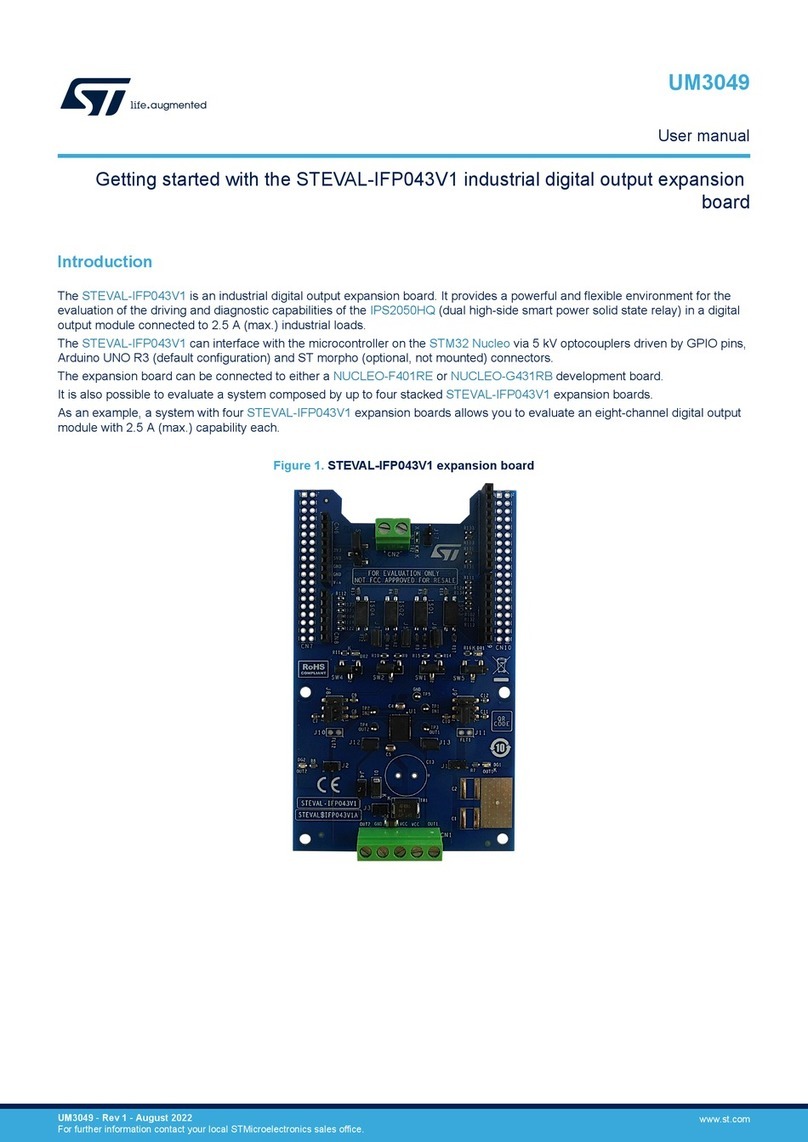
ST
ST STEVAL-IFP043V1 User manual
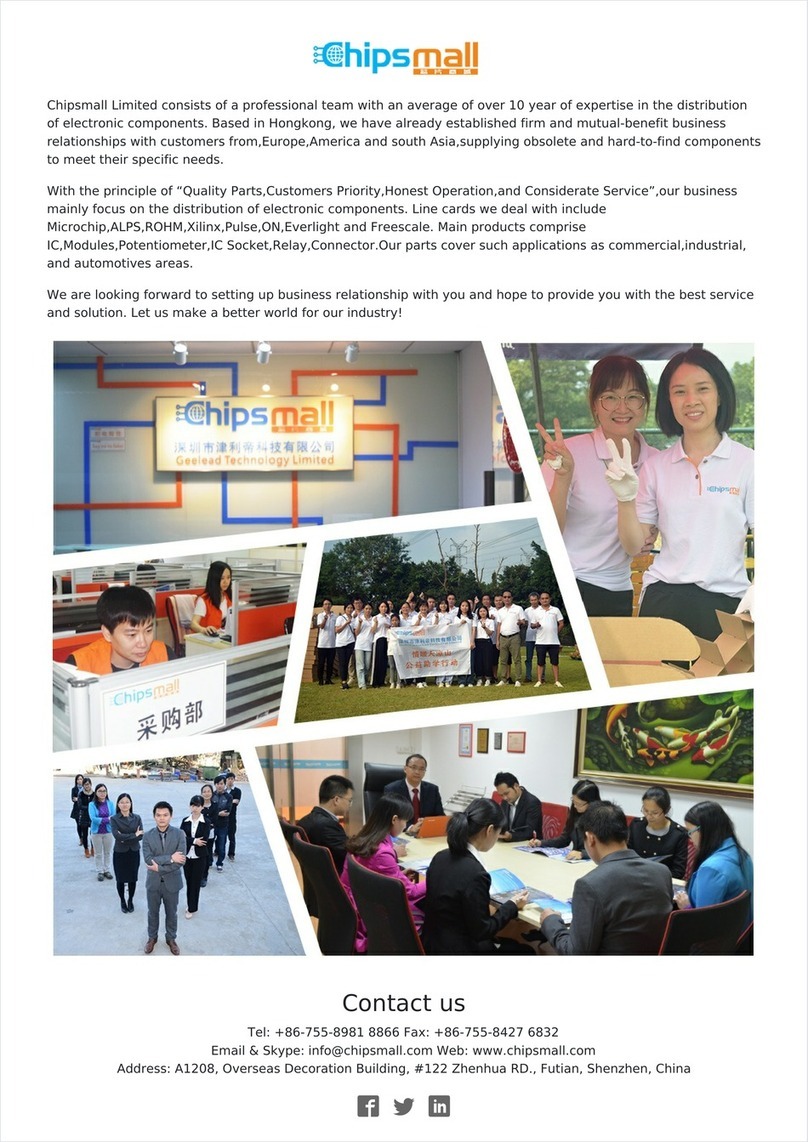
ST
ST X-NUCLEO-IKA01A1 User manual
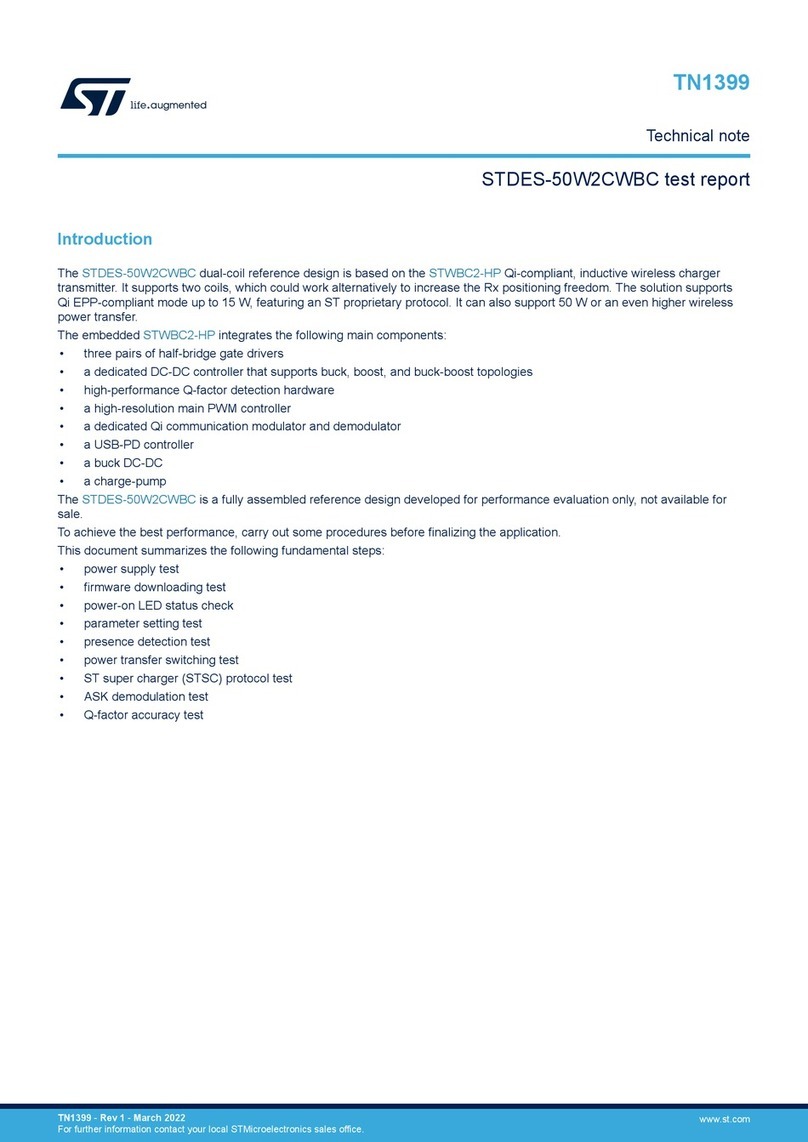
ST
ST STDES-50W2CWBC Specification sheet
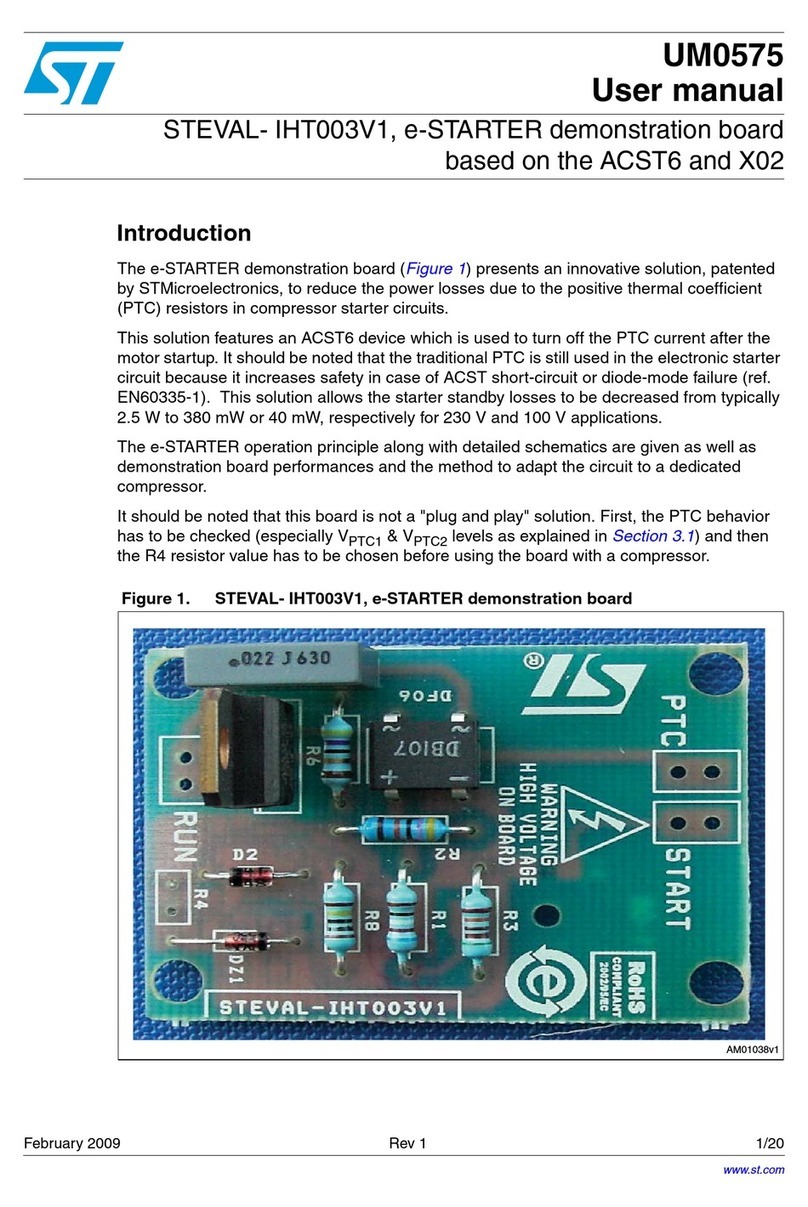
ST
ST UM0575 User manual
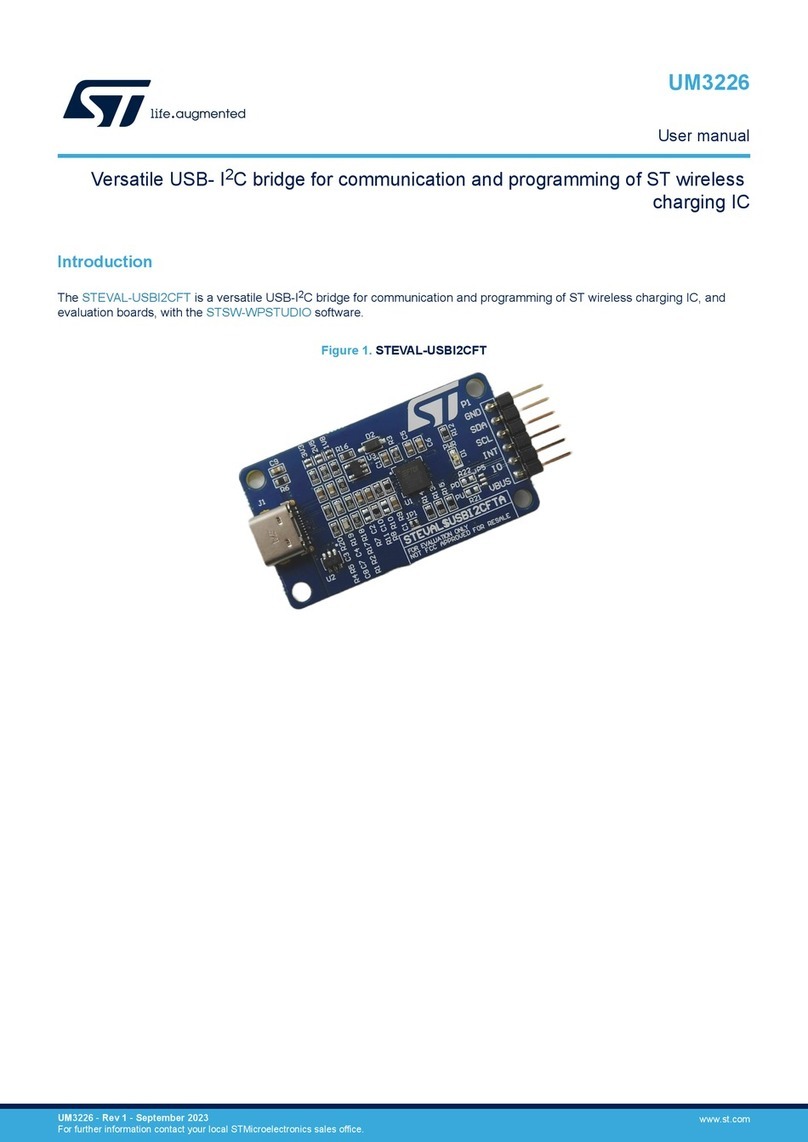
ST
ST STEVAL-USBI2CFT User manual
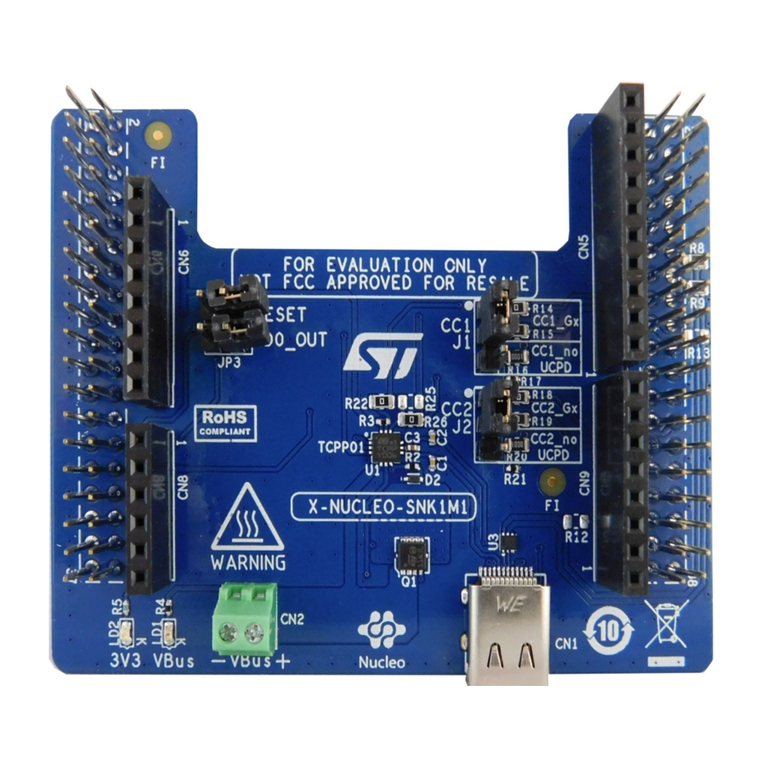
ST
ST X-NUCLEO-SNK1M1 User manual
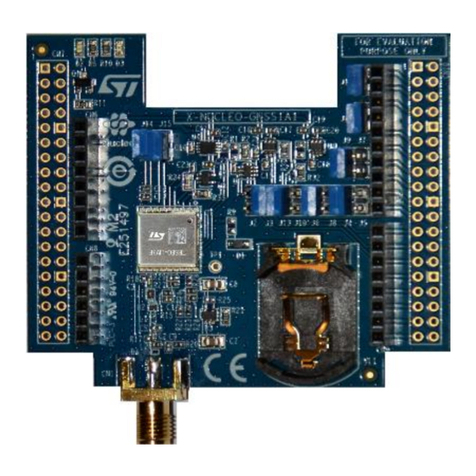
ST
ST X-NUCLEO-GNSS1A1 User manual
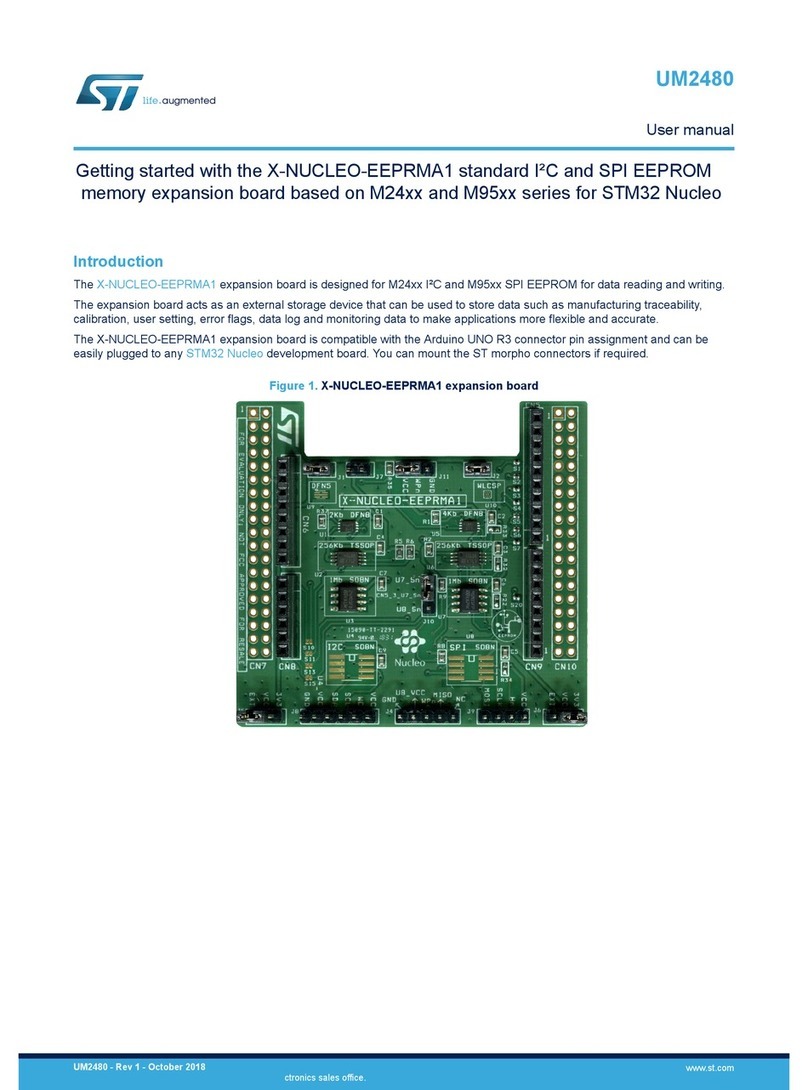
ST
ST X-NUCLEO-EEPRMA1 User manual
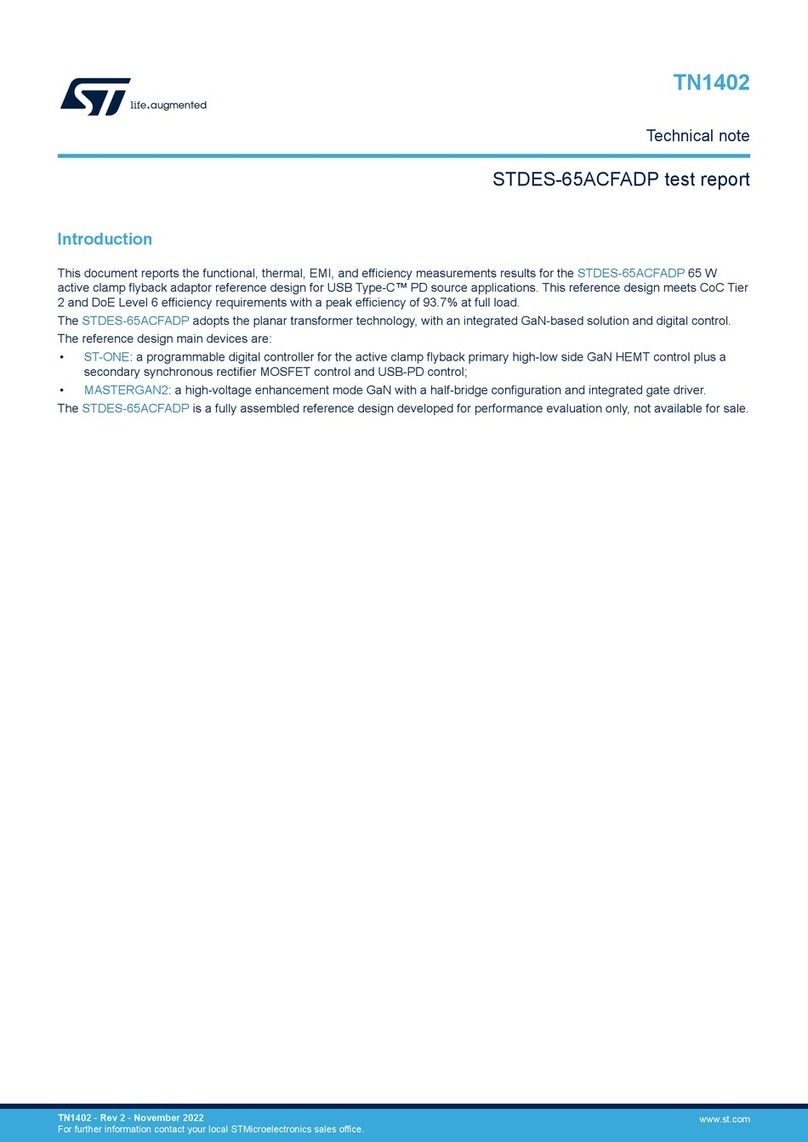
ST
ST STDES-65ACFADP Specification sheet
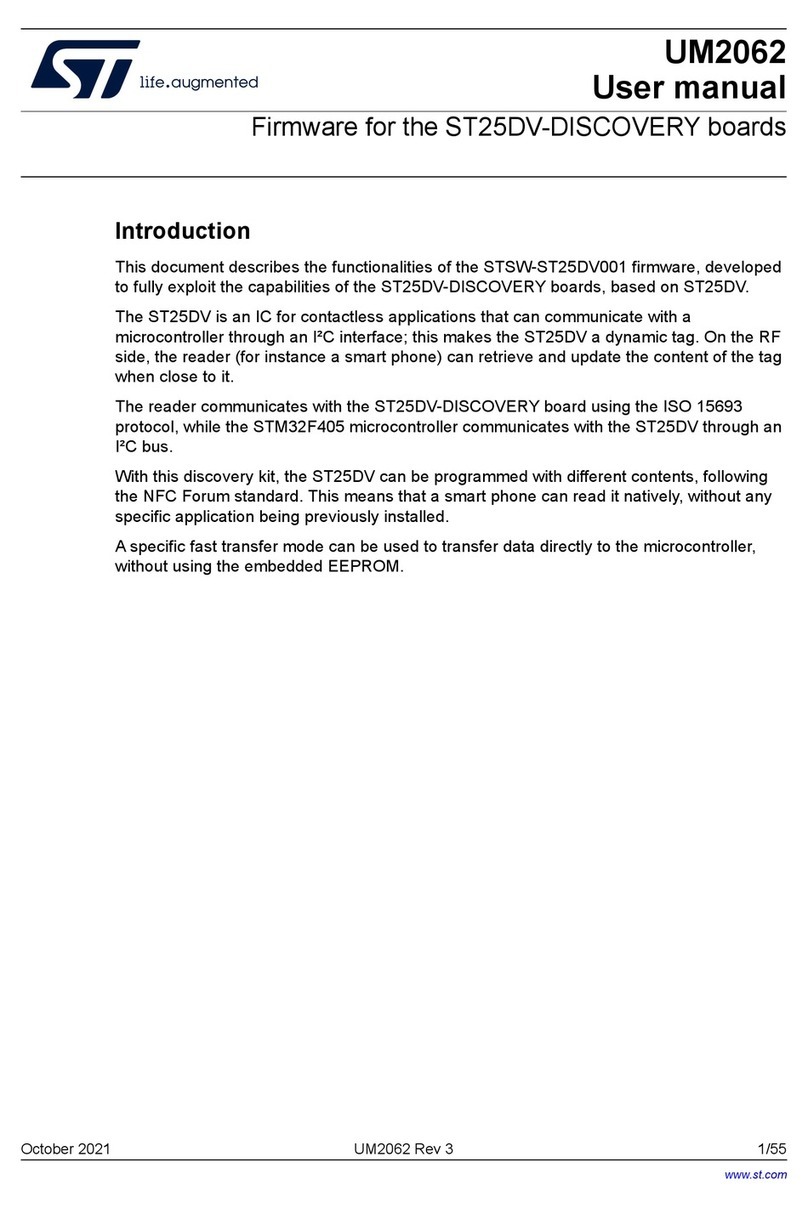
ST
ST ST25DV-DISCOVERY User manual
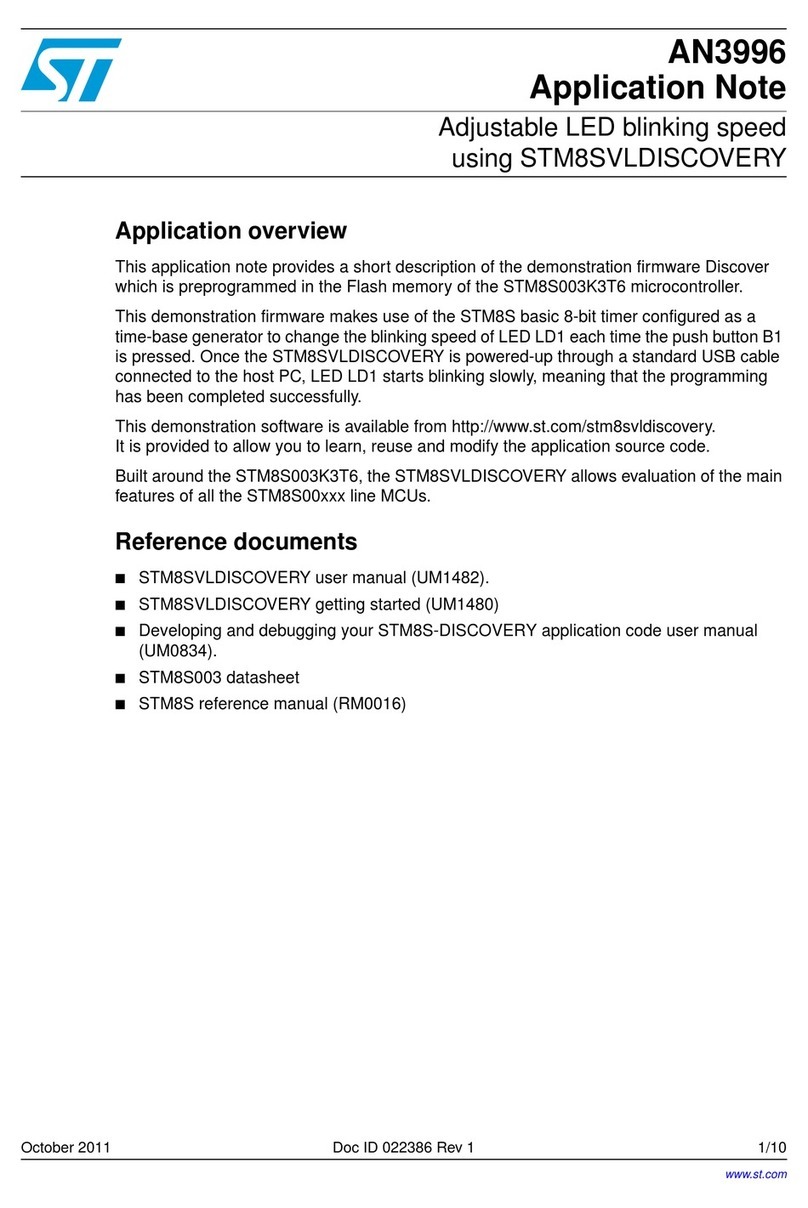
ST
ST STM8SVLDISCOVERY Installation and operating instructions
Popular Computer Hardware manuals by other brands

EMC2
EMC2 VNX Series Hardware Information Guide

Panasonic
Panasonic DV0PM20105 Operation manual

Mitsubishi Electric
Mitsubishi Electric Q81BD-J61BT11 user manual

Gigabyte
Gigabyte B660M DS3H AX DDR4 user manual

Raidon
Raidon iT2300 Quick installation guide

National Instruments
National Instruments PXI-8186 user manual

Intel
Intel AXXRMFBU4 Quick installation user's guide

Kontron
Kontron DIMM-PC/MD product manual

STEINWAY LYNGDORF
STEINWAY LYNGDORF SP-1 installation manual

Advantech
Advantech ASMB-935 Series user manual

Jupiter
Jupiter RAM PACK instructions
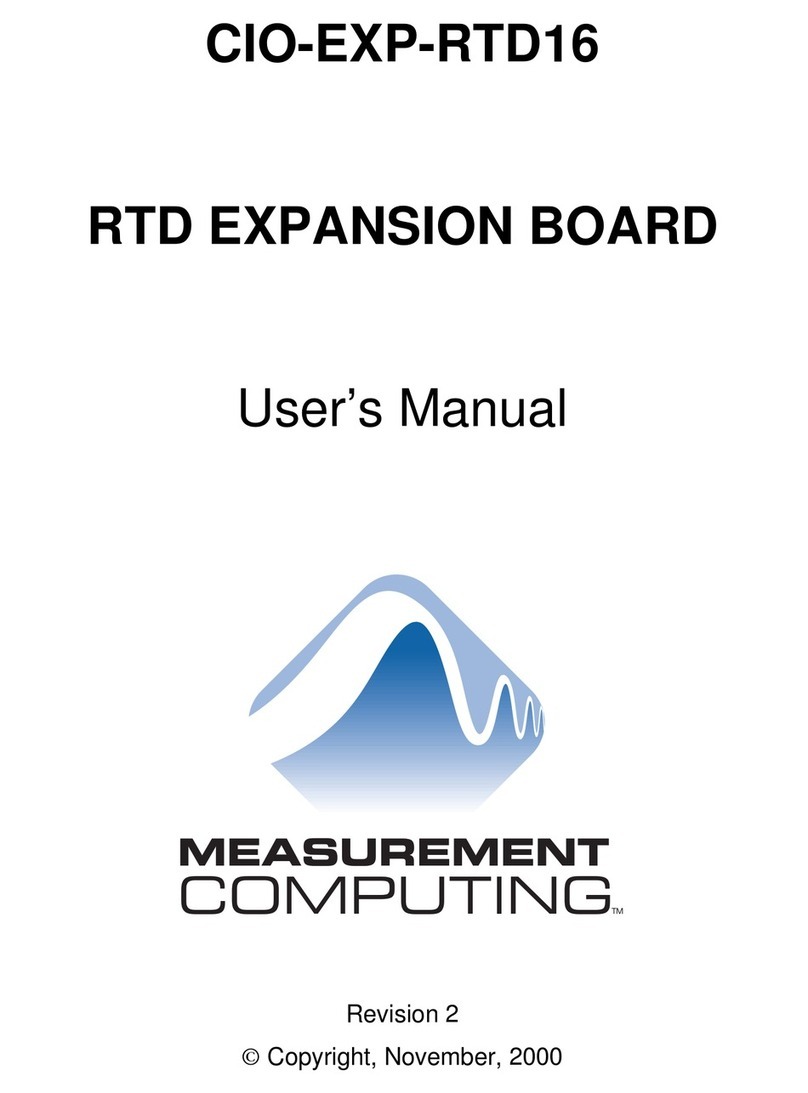
Measurement Computing
Measurement Computing CIO-EXP-RTD16 user manual

